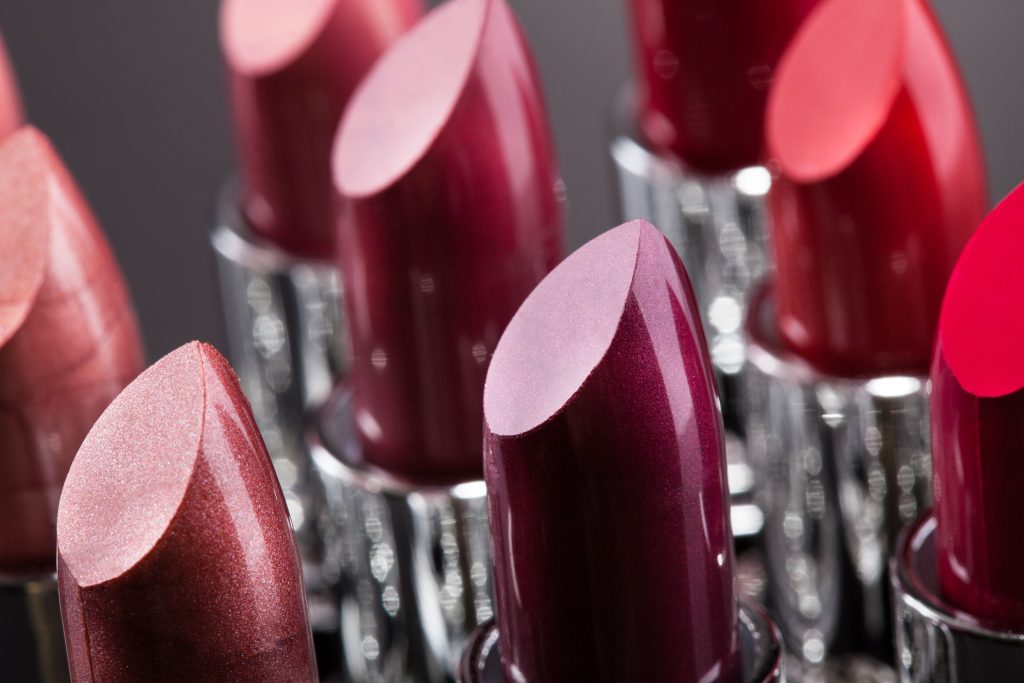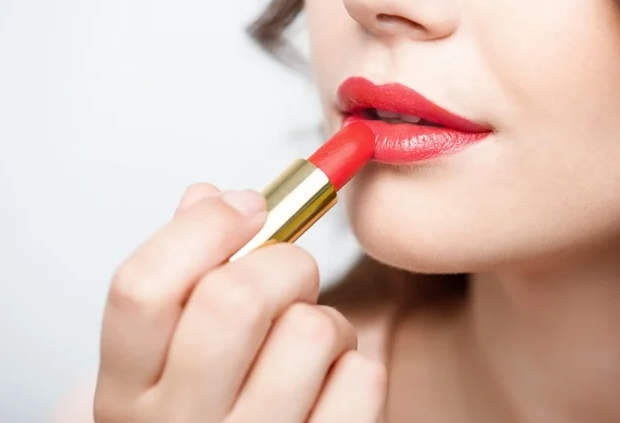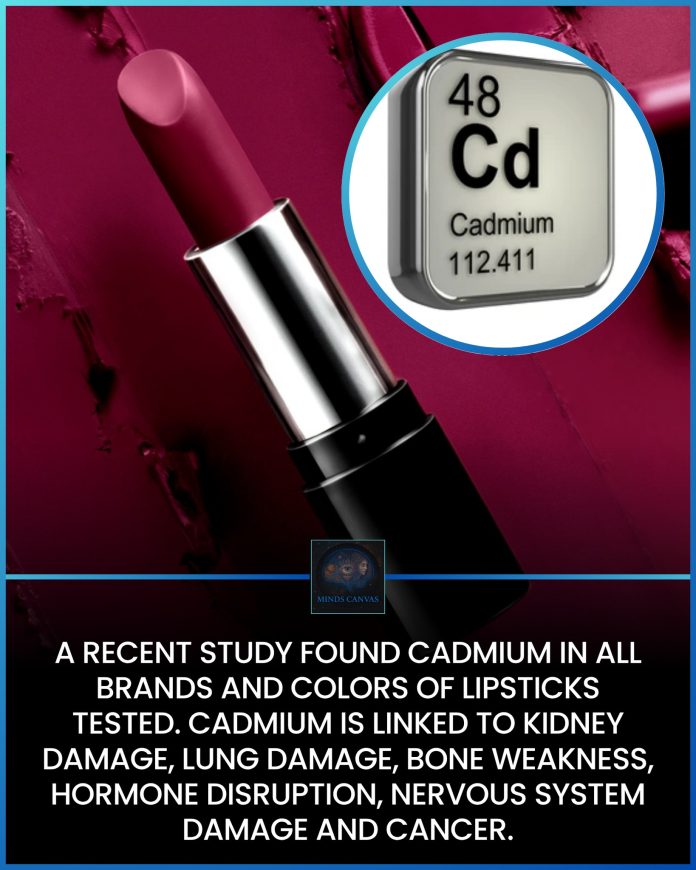Lipsticks are among the most widely used beauty products globally, offering an instant enhancement to a person’s appearance and boosting confidence. Yet, beneath their attractive colors and appealing scents, recent research has uncovered a disturbing reality. A recent study revealed that cadmium, a hazardous heavy metal, is present in all brands and colors of lipsticks tested, raising serious health concerns for consumers worldwide.
Cadmium is a naturally occurring metallic element commonly found in small quantities in the environment, but its accumulation in cosmetics, particularly lipsticks, poses significant health risks. When lipstick is applied, small amounts are inevitably ingested, meaning the body can absorb cadmium directly, often without consumers’ knowledge. Over time, even minuscule amounts can accumulate and result in severe health consequences.

One of the major dangers of cadmium exposure is kidney damage. Cadmium accumulates in the kidneys, impairing their function over prolonged exposure. The kidneys are vital organs responsible for filtering waste products from the blood, and their dysfunction can lead to chronic kidney disease, which significantly impacts quality of life and overall health.
Additionally, cadmium exposure has been linked to severe lung damage. Though direct inhalation from lipstick is unlikely, repeated exposure through ingestion or secondary contact might pose indirect risks, especially combined with other environmental sources of cadmium. In occupational settings, prolonged exposure has proven harmful, indicating the necessity for vigilance even in small cosmetic doses.
Another worrying aspect of cadmium toxicity is its impact on bone health. Cadmium interferes with calcium metabolism, leading to weakened bones and conditions such as osteoporosis or bone fractures, especially in older individuals. For regular lipstick users, the accumulation of cadmium over years might increase susceptibility to these debilitating conditions.
Hormonal disruption is yet another alarming consequence associated with cadmium. It acts as an endocrine disruptor, interfering with the body’s hormonal balance and potentially causing reproductive issues, developmental delays in children, and other hormone-related complications in adults.
The nervous system is also vulnerable to cadmium toxicity. Exposure to this toxic metal can lead to neurological disorders, including cognitive impairment, reduced attention span, memory deficits, and mood disorders. These effects are especially concerning because cadmium accumulates over time, gradually affecting brain functions and reducing overall mental performance.
Perhaps the most feared consequence of cadmium exposure is its carcinogenic potential. Cadmium has been classified as a human carcinogen, with studies strongly associating it with various cancers, notably kidney, lung, and prostate cancer. Given that cadmium accumulates in the body, prolonged exposure—even at low levels—could elevate cancer risk significantly.

Despite these substantial risks, regulatory oversight regarding cadmium content in cosmetics remains limited. Many lipstick brands do not explicitly list cadmium or other heavy metals as ingredients due to their inadvertent presence from contaminated raw materials or manufacturing processes. This lack of transparency makes it challenging for consumers to make informed choices regarding safe cosmetics.
Consumers concerned about cadmium exposure should consider several practical steps: limiting lipstick use, choosing products certified to have lower heavy-metal content, and regularly consulting consumer-safety databases or brands committed to rigorous safety standards. Awareness and proactive measures remain crucial in mitigating potential health risks.
In conclusion, while lipstick enhances beauty and self-confidence, the hidden presence of cadmium poses significant health dangers. The recent findings highlight the urgent need for stricter safety regulations, greater transparency in cosmetics production, and heightened consumer awareness to protect public health. Ultimately, choosing beauty products carefully and advocating for safer cosmetic standards are essential steps in safeguarding well-being.

















